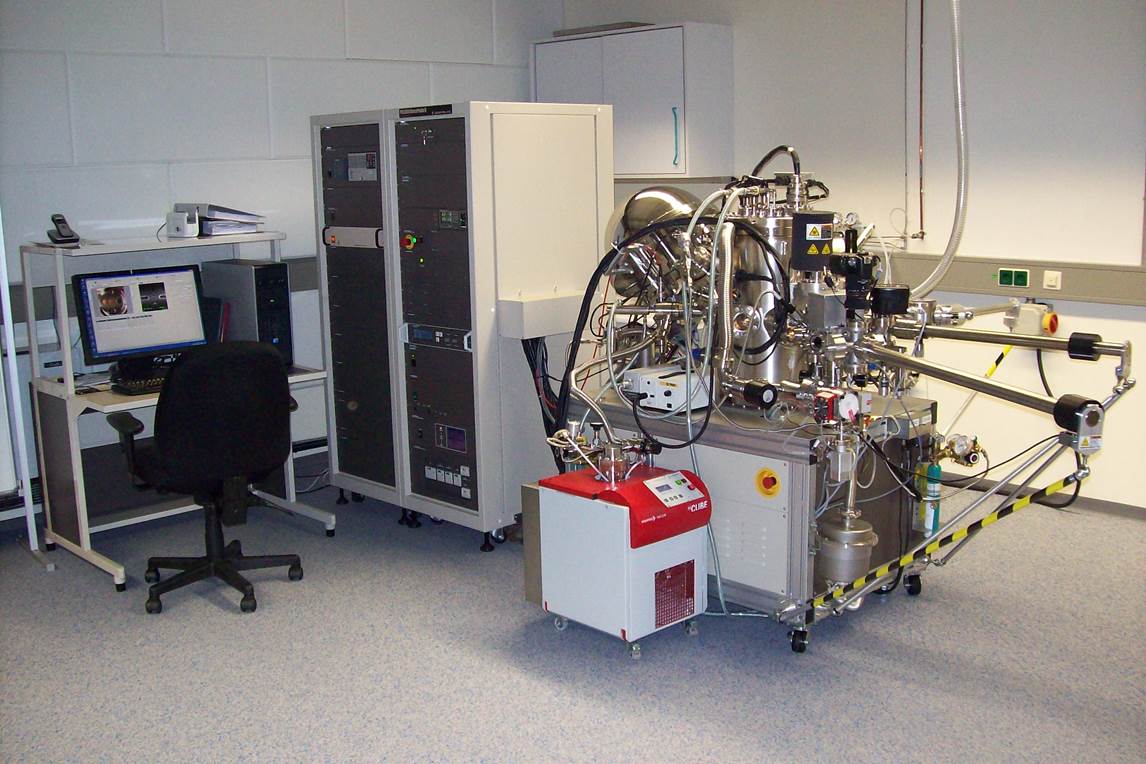Surface analysis by x-ray photoelectron spectroscopy (XPS)
The surface sensitivity of XPS applied to radioactive materials gives insight into chemical composition of surfaces and interfaces relevant for the safety case study of a nuclear waste repository. Examples are the interaction of dissolved radionuclides with surfaces of corrosion products, colloids of the groundwater, and mineral phases by sorption or incorporation.
Chemical interaction of a solid material with its environment takes place at its surface, which mostly results in the formation of an interface phase or a layer with a chemical composition differing from that of the bulk. The thickness of such layers may range from monolayers to some nanometers. Knowledge of surface layer properties is essential for understanding of chemical processes occurring at the surface. To identify elements, their valence, and chemical bonding states in the outermost atomic layers of a sample, surface-sensitive x-ray photoelectron spectroscopy (XPS) is applied.
During XPS, the surface of a sample is irradiated by soft x-rays and the photoelectrons leaving the sample are analyzed. The energy of the emitted photoelectrons is essentially given by the difference between x-ray energy and the binding energy of the electrons at their initial atomic energy levels, thus characteristic for each element. By use of the measured photoelectron energies and intensities, the elements and their abundances are identified.
Chemical bonds cause a small shift of the energy of atomic electron levels, measured by high energy resolution XPS as "chemical shift" of the photoelectron energy. Comparison with data from well-known compounds allows drawing conclusion about chemical bonding states at the sample surface.
Contact:
+49 721 608 22521 / 22379
+49 721 608 24602

